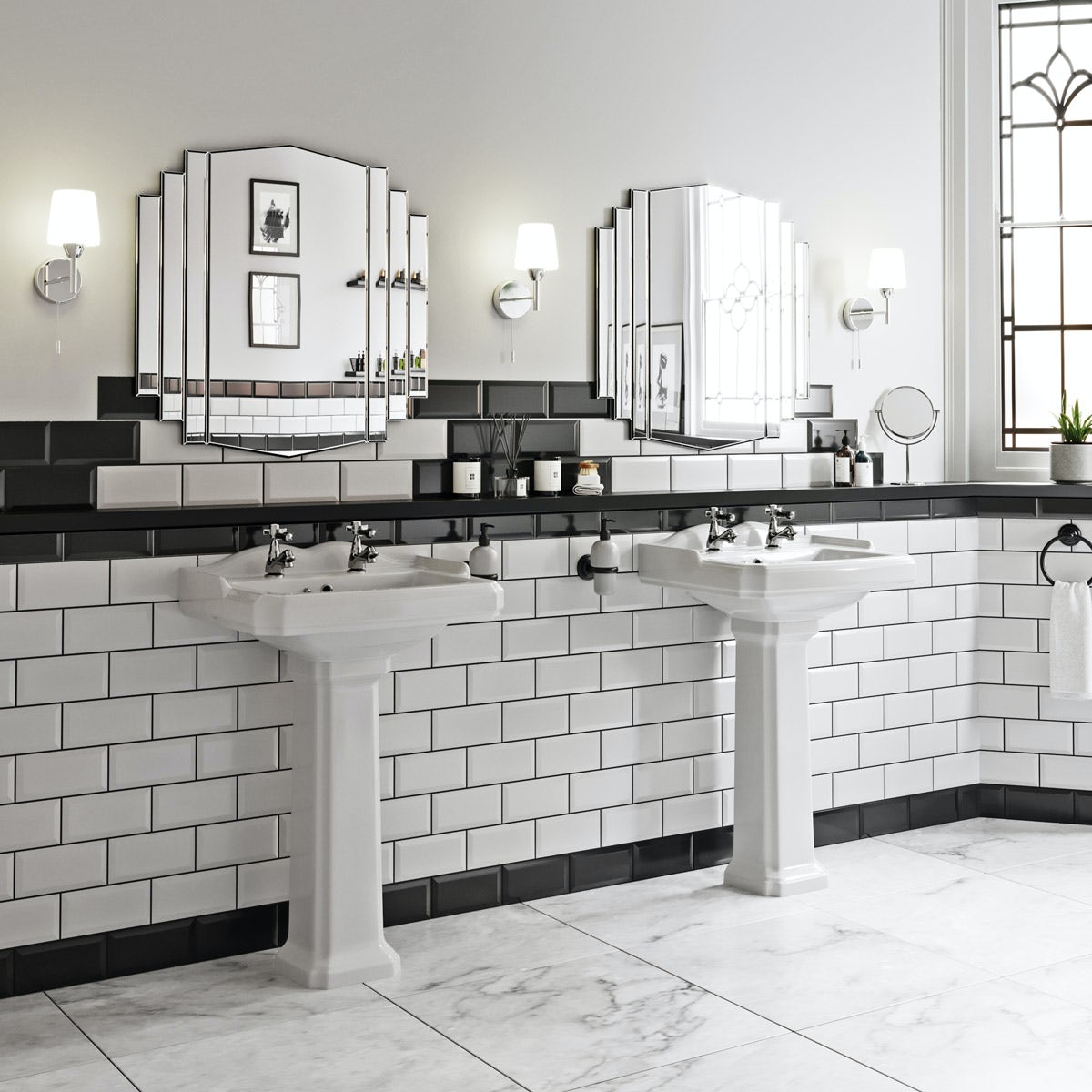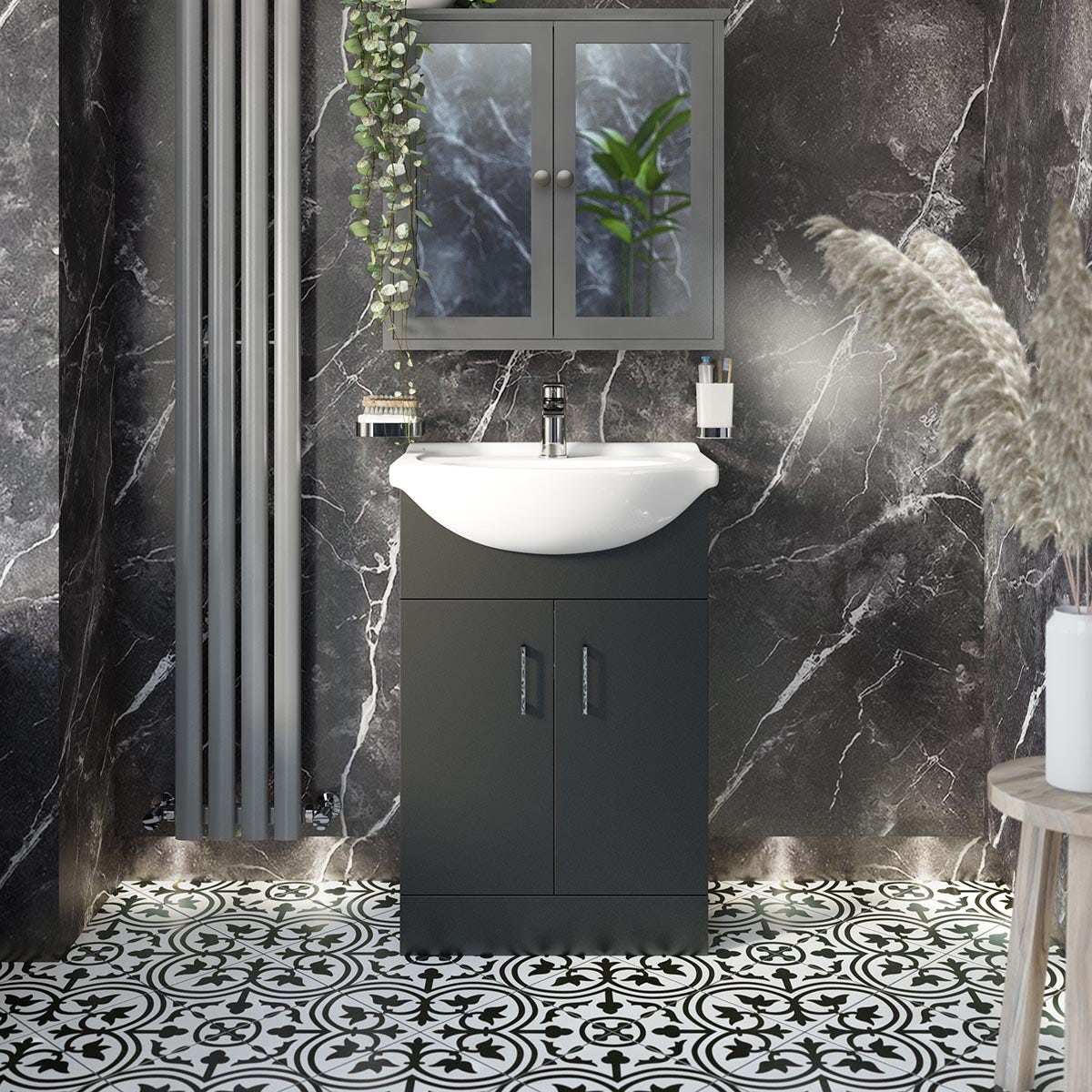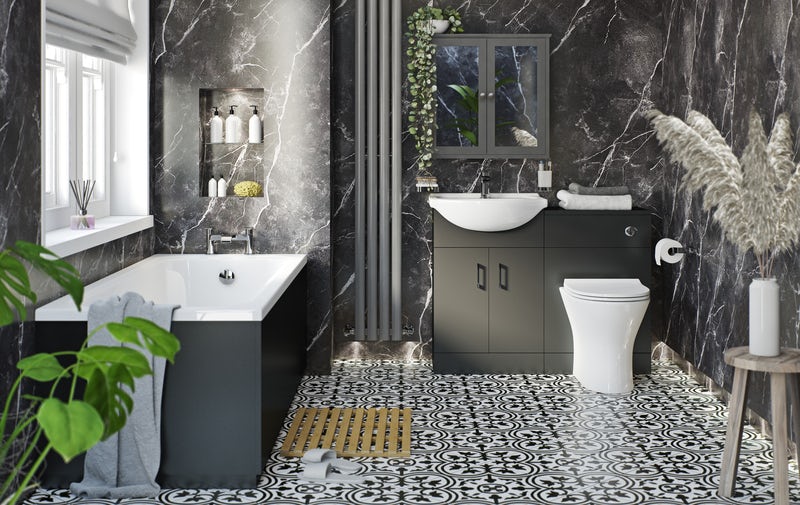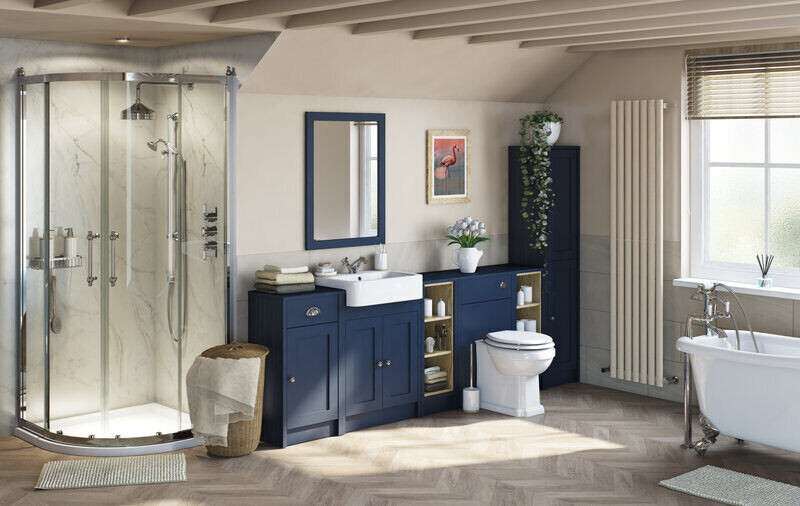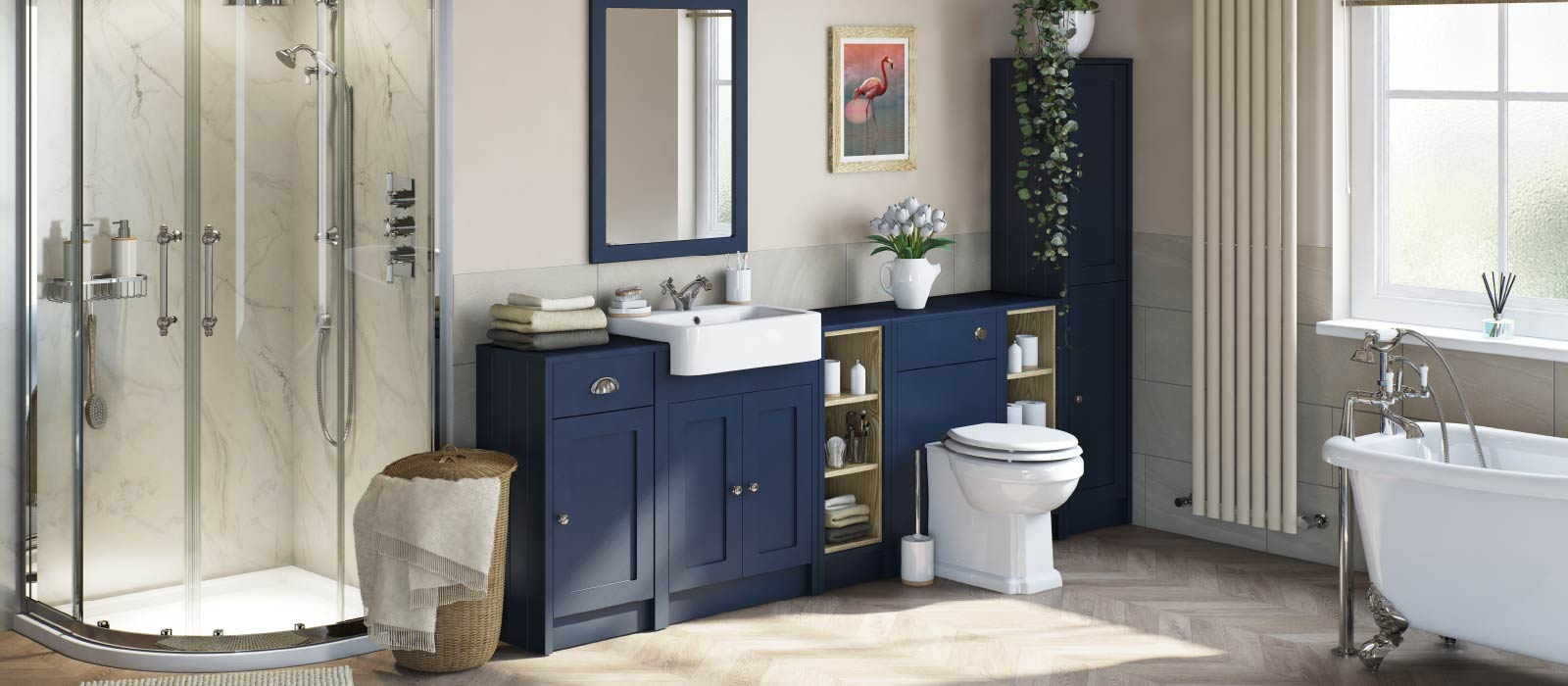As we all know, there’s nothing worse than having a plumbing issue at home. From mysterious leaks to clogged drains and faulty fixtures, plumbing problems can be a major nuisance. But why let the worry and frustration of tackling plumbing issues eat away at your free time? With a little knowledge of plumbing 101 and some easy-to-execute maintenance tips, you can take care of many common plumbing problems right at home. In this blog post, I’m going to share all the basics of plumbing and tips for performing basic maintenance. I’ll also cover some simple precautions you can take to avoid problems in the first place. So keep reading for all the inside plumbing information you’ll need to be a homeowner superstar!
Quick Summary
Plumbing basics include understanding how the water and waste systems work in your home, understanding what fixtures like drains, toilets, and faucets do, and knowing how to handle minor repairs. Maintenance tips include checking for signs of leaks or damage, replacing worn parts, regularly cleaning pipes and fixtures, and properly using chemicals to unclog drains.
Plumbing Basics
Plumbing basics is an essential skill for all homeowners to understand. Pipes, fittings, and fixtures make up the crucial components of any plumbing system, and understanding how they work together is essential in maintaining your home’s plumbing system. In particular, common fixtures like toilets, faucets, and showers need special attention due to their daily use and importance.
The key building blocks of a plumbing system are pipes, valves, drains and fittings. Pipes are tubes used for carrying water from one place to another. Valves regulate the flow of water by shutting off or allowing it to pass through them. Drains are outlets designed to direct waste into a specific location for disposal or release outside the home. Lastly, fittings are used in pipes to join them together as well as change their direction and size.
For safety reasons, all plumbing should also meet local codes that ensure up-to-date installation standards for water conservation and energy efficiency. While some might debate this point, meeting these codes not only helps save money in the long term but also ensures good water pressure and public health protection when maintaining a plumbing system.
An advanced understanding of plumbing also includes knowledge of connections between fixtures as well as what tools are necessary for making repairs or replacements. Knowing when you might need the help of a professional plumber is also important so that big and potentially costly mistakes can be avoided.
Overall, it is important to understand the basics of plumbing so that you can stay ahead of potential problems in your home’s plumbing system before they become real issues. With the right knowledge and maintenance tips in mind however, you can reduce many common risks associated with DIY projects as well as the costs associated with plumbing repairs done by professionals. Now that we know the basics of plumbing systems, let’s move on to discuss types of fixtures and pipe systems commonly found in homes today.
Types of Fixtures and Pipe Systems
With a better grasp of the basics, it is important for homeowners to understand all of the different types of fixtures and pipe systems that they might come in contact with. Heavy reliance on pipes means it’s important to understand what kinds of potential clogs one might face and how to handle them properly. There are two main types of pipes that are common in most residential buildings: rigid pipes and flexible pipes.
Rigid pipes tend to be made out of metal or plastic and are used frequently due to their durability, availability, and cost-effectiveness. Flexible pipes are often made from reinforced rubber which can be beneficial in providing more air circulation in tight spaces under sinks or behind appliances. Knowing the type of pipe you have can help troubleshoot an issue quickly if you ever run into a plumbing problem.
In addition to this, it is important for homeowners to know the kinds of fixtures they have installed in their homes. Fixtures like sinks, showerheads, faucets, and toilets all come in different shapes, styles, sizes, and colours. Being able to identify these readily will be helpful when it comes time to make purchasing decisions when replacing future components.
Overall, there are many options for both new construction buildings as well as replacement parts for current piping systems and fixtures. Knowing what you have now is key before making any type of decisions regarding replacements or repairs. With this knowledge in mind, the next step is to look at water pressure regulators which can be just as important when examining your plumbing system holistically.
Water Pressure Regulator
Water pressure regulators are a crucial component of the plumbing system as they ensure consistent pressure throughout the entire system. A water pressure regulator typically consists of a valve and an adjustable spring; together they help maintain consistent pressure throughout the home, regardless of the flow rate. Installation of a water pressure regulator is beneficial to homeowners because it not only conserves energy and reduces utility bills, but also helps protect pipes from bursting due to sudden changes in water pressure. Additionally, a water pressure regulator can be useful for ensuring comfortable showers and preventing damage to fixtures such as faucets and toilets.
There are two primary considerations for installing a water pressure regulator: Placement and capacity. With regards to placement, the regulator should be installed on the main line before the supply enters the home. As far as capacity is concerned, it is important to choose one that matches with the rest of your system in terms of size and speed. It’s best practice to leave installation of a water pressure regulator to a professional plumber who will be able to assess your situation and install the most appropriate unit for your home.
With proper installation, maintenance, and use, a water pressure regulator can help protect your piping system from becoming over pressurized, resulting in decreased energy costs associated with higher pressures as well as improved performance from fixtures such as showers. Moving forward, homeowners need to consider how they can properly install and maintain their plumbing fixtures to ensure optimal performance throughout their home.
- According to a 2020 survey, 64% of homeowners recognize the importance of regular plumbing maintenance.
- Approximately 46% of homeowners report calling a plumber for help with a plumbing issue at least once in the past five years.
- Research suggests that regular inspections and maintenance can help reduce future plumbing repair costs by up to 30%.
Installing Plumbing Fixtures and Repairs
Installing plumbing fixtures and repairs may entail a variety of tasks for the homeowner. While most fixes are relatively simple and can be completed with relative ease, installation projects should never be undertaken without first consulting a professional plumber. This is because any improper installation of plumbing fixtures or incorrect repairs could cause further damage, thereby resulting in a larger monetary investment to repair down the road. Some tasks that would likely require the assistance of a pro include gas line installation, garbage disposal installations, and tub/shower tile installation.
On the other hand, many fixes are straightforward enough for a homeowner to complete on their own such as installing shut-off valves under each fixture or replacing toilet flush valves or flappers. When it comes to cost and effectiveness, these types of repairs can often be much more affordable than calling in an expert, but it’s important to note that not all homeowners should attempt these tasks without professional guidance. Depending on the complexity of the job there could be serious safety risks associated with DIY methods that make it best to hire out someone who is specially trained to safely perform the work.
Regardless of whether you choose to hire a professional or tackle plumbing repairs/installations yourself, there’s always one thing to remember: safety first! Working with pipes and various fixtures means working with water and unfortunately that leads to potential electrical shock hazards that need to be taken into consideration when performing any sort of maintenance or repair work around the home. Hence, even if you feel confident in your ability to take on plumbing projects alone, it’s always best practice to ensure proper precautions are taken before beginning any project.
Now that we’ve discussed the importance of being mindful of safety regulations when attempting plumbing tasks at home, let’s move onto another important topic within this domain – shut off valves and how they can help you minimize leaks and any other damage that could occur from them.
Shut Off Valves and Leaks
Now that plumbing fixtures have been appropriately installed, we must move on to the necessary practice of shut off valves and leak detection. Shut off valves are essential as they control the flow of water through individual fixtures or appliances and can be used in case of an emergency to stop major flooding. Leaks should also be monitored as they can cause significant damage, require immediate repair, and waste a great deal of water.
It is not always clear whether to install a shut off valve or repair a leaky pipe. On one side of the debate, it may be worth saving the cost associated with replacing a leaking pipe, given its location and the accessibility of getting to it for further repair or replacement. On the other hand, doing repairs at right away could potentially help avert any potential flood due to a complete failure which could cause costly repairs. Ultimately, it is worth consulting with an experienced professional for advice given the peculiarities of each individual situation.
Regardless of what decisions homeowners ultimately make in these situations, it is very important that everyone has regular plumbing maintenance completed. Doing so will allow individuals to spot small problems before they become large expensive disasters. Regular inspections can detect any possible leaks and escalations in water pressure which can lead to more serious damages down the line. Without proper home maintenance everyone puts themselves at risk for long-term issues and high costs.
Our journey into plumbing 101 has focused on information concerning installation and simple repairs needed within your home but there are many more elements of home management that must be kept in mind for homeowners.
Home Repairs and Maintenance Tips
Home repairs and maintenance tips are vital when it comes to proper plumbing. It is important to be aware of issues such as shut off valves, leaks, and other types of repairs that may need to be addressed periodically. Taking the time to inspect for potential problems can help homeowners prevent larger repair jobs from becoming necessary.
One way to inspect your home’s plumbing is by examining shut off valves and looking for signs of leaks or corrosion. Shut off valves are usually located at the base of a sink or toilet, behind dishwashers and washing machines, or in the basement. Make sure these valves are easy to find and turn off quickly in case of an emergency. In addition, it is recommended that homeowners check regularly for any signs of leaking or corrosion around each valve. This will alert you to possible issues before they become more severe and expensive to fix.
It is also important to familiarize yourself with plumbing fixtures in order to perform routine maintenance on them. Cleaning out pipes and checking connections can help keep the system running smoothly without clogs. Additionally, it is recommended that homeowners periodically inspect their drainage system; look for evidence of hair buildup or sediment collecting in the corners near the drains in showers and bathtubs. If left unchecked, this debris can lead to blockages in the pipes that can cause further damage if not resolved quickly.
Finally, it is important to understand how a home’s water lines work so that repairs can be done properly if needed. Knowing where each line goes is important for being able to quickly identify a leak or faulty connection and address it swiftly before more damage occurs. Understanding all aspects of basic plumbing maintenance can save homeowners time and money in the long run from costly repairs related to neglectful behaviour.
Answers to Frequently Asked Questions with Explanations
What are the top 3 most important things to know for plumbing basics?
1. Understanding the Flow of Water: It’s important to understand that water always flows from high pressure to low pressure, so when troubleshooting plumbing problems it’s important to pay attention to how the water is flowing in your pipes.
2. Being Familiar with Different Components of Plumbing Systems: Homeowners should become familiar with the different components used in plumbing systems such as valves, faucets, fixtures, and traps. Knowing the function of each component will make it easier to identify and address any issues that may arise.
3. Knowing DIY Basics for Plumbing Maintenance: DIY maintenance is key for keeping your plumbing system running properly and avoiding costly repairs. Knowing basics like how to shut off the water supply and unclog drains can help you save time and money in the long run.
What plumbing safety tips should I follow?
When it comes to plumbing safety, there are several important tips to follow.
First, it is essential to always use the proper safety equipment when working on any plumbing project. This means that protective eyewear and gloves should be worn when handling any kind of chemicals and materials used for plumbing repairs. Additionally, make sure to turn off the water supply before starting any kind of work or maintenance or repair.
Second, always inspect pipes for potential signs of damage or corrosion before beginning any kind of repair. If you notice evidence of damage, replace the pipe immediately or contact a professional plumber.
Third, never reach too far into a pipe as this can cause you to become stuck in it. Make sure to take all necessary precautions before reaching into a pipe or drain to avoid an unpleasant surprise.
Fourth, never leave exposed electrical wires near a water source as this could cause a short circuit and lead to a severe electric shock for anyone in its proximity.
Finally, never attempt to do more than you are capable of doing when it comes to repairing plumbing-related issues. Some complex fixes can require specialized tools and techniques; if you’re uncertain about attempting anything beyond what you can handle safely, then always seek out help from a professional plumber.
What are the essential plumbing maintenance tips for the home?
Essential plumbing maintenance tips for the home include:
1. Regularly inspect your plumbing fixtures and pipes for any evidence of damage or deterioration. Make sure to look for any signs of leaking, corrosion, or other problems.
2. Ensure that your water pressure is set correctly and not too high. If it is too high, this can cause unnecessary stress on your plumbing system, leading to costly repairs or replacement.
3. Protect exposed pipes from freezing by insulating them with foam sleeves or tapes. When temperatures dip below freezing, water will freeze in unprotected pipes which can cause serious damage when the ice inside melts and starts flowing again.
4. Avoid using chemical-filled products to clean drains as these can corrode and damage your pipes over time. Instead, use a plunger or a drain snake for routine maintenance and tough clogs.
5. Regularly check all hoses and joints for any potential leaks or cracks, replacing them when necessary. Over time, hoses will start to become brittle and crack due to age and wear and tear – always ensure they are replaced before they start leaking!
6. Periodically inspect your septic tank and replace its filters every six months to ensure it is working efficiently and properly suited for the environment it’s operating in.
These simple steps are incredibly important when it comes to maintaining your home’s plumbing system and avoiding expensive repairs down the line.

